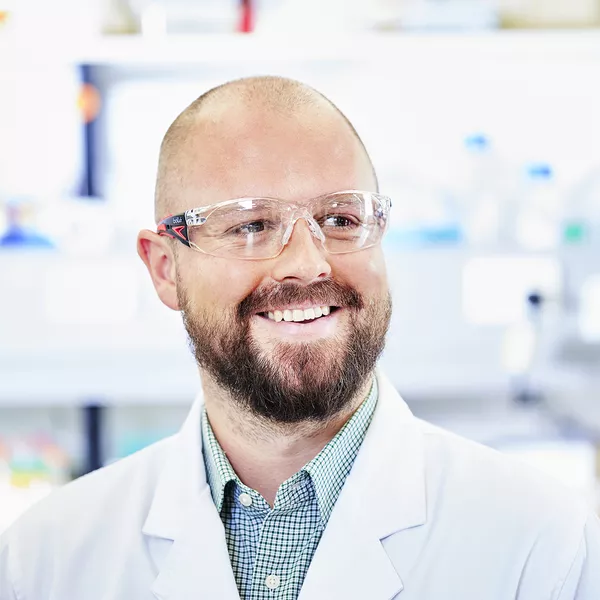
Every 90 minutes a New Zealander dies from heart disease.
Heart attack. Stroke. Coronary heart disease. These are just some of the cardiovascular diseases (CVD) that, since the last century, have been New Zealand’s – and the world’s – biggest killers.
Despite the huge impact CVD has on everyday lives, we still do not understand why it develops and progresses differently depending on the person.
- “Why did my dad have a heart attack despite living healthily?”
- “Why does this treatment work well for my friend but not for me?”
- “Why are my wife and I developing heart disease in different ways?”
Current preventatives and treatments for CVD do not work for everyone. This is because traditional research is based on large population groups, resulting in a “one size fits all’ approach.
But every heart is unique. Every heart needs personalised treatment.
An Australian-first technology for person-first treatment
Personalised medicine moves beyond the “one size fits all” approach to look at how each person is uniquely affected by CVD and to understand what happens in CVD at the cellular level in each individual.
“Treatment needs to consider the unique biological needs of each patient, but that’s currently not possible,” says Dr Sergey Tumanov, head of HRI’s newly established Fluxomics Centre.
Fluxomics is an emerging technology that enables a holistic, big-picture view of cells. Current technologies can only provide static “snapshots” of what is happening in a cell at any given moment. Fluxomics combines current approaches to provide “video”, showing how the cell changes over time. This is particularly important for understanding diseases that affect the heart and blood vessels, which constantly change as the heart beats and the body moves.
“For example, if you have a heart attack, you will be prescribed the standard treatments. But doctors don’t know for sure if these will work for you. It takes time to see if the medication is effective, and in the meantime, you may experience side effects or complications,” says Dr Tumanov.
“With fluxomics, we could take a patient sample and run it through a multi-layer system to understand what’s happening within their cells, to generate a ‘chemical fingerprint’ for that individual. The supporting statistics will allow for data to be extrapolated forwards to predict your likelihood of developing CVD, and what treatments will work best. This is incredibly powerful. And it could all come from just a simple blood test,” says Dr Tumanov.
“It may sound futuristic, but this is already happening in the cancer field. It is hugely exciting. We will be able to design better treatments because we will have deeper knowledge of how and why CVD develops, and how and why medicines do and don’t work.”
A solution that works for every heart
At the heart of the Fluxomics Centre – and at the heart of our vision of personalised medicine – is a mass spectrometer.
The Fluxomics Centre currently has the capacity to screen for changes in molecules that are known to be important for CVD. To take the next leap in our understanding of CVD, we need to analyse the rate of turnover of these molecules (metabolic flux) through the linked chemical reactions occurring within cells (metabolic pathways).
The mass spectrometer provides this capability, helping us reveal previously unknown molecular changes in CVD that could form the foundation for developing personalised treatments.
The latest in fluxomics



